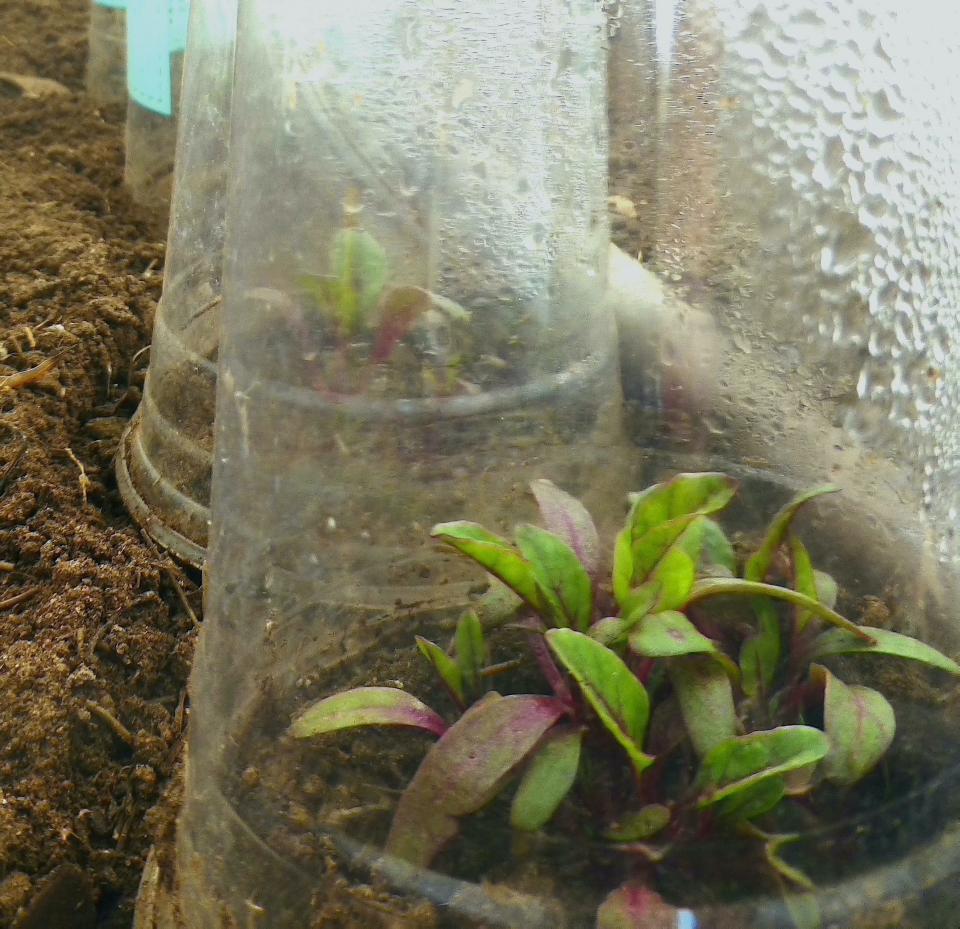Gardening For You: Spring vegetable seedings and Q&A
Spring break is spring vegetable planting time. Cool season, spring vegetables are easy to grow, just the right size for small gardens and are packed with healthy nutrients.

Crops of at least eight families with cool season vegetables can be planted in spring gardens: Alliaceae (onion, garlic), Apiaceae (carrot, cilantro, parsley, parsnip), Brassicaceae (arugula, cabbage, collards, kale, radishes, turnips), Chenopodiaceae (beet, spinach, Swiss chard), Asteraceae (lettuces, chicory, endive), Fabaceae (pea), Liliaceae (asparagus), and Solanaceae (potato).
Sets of asparagus, garlic, onion, and potatoes can be planted until April 1; seed that can be planted until April 1 include beets, cabbage, carrots, collards, kale, lettuce, mustard, parsley, radish, spinach, Swiss chard, and turnip.
The kinds and varieties of cool-season vegetables available in seed catalogs run into the hundreds. And every picture of the different vegetable varieties and crops is a gardener’s dream . . . oh, if only our vegetables and crops could compare with the vegetables in their photographs.
The bonus of growing spring greens is that plants can be harvested young at just a few weeks of age or when they are larger by delaying harvest unto fully mature. Seeds can be sowed directly into the soil or can be started indoors and transplanted to the garden as seedlings. Starting young plants indoors reduces the time to germination and emergence but seedlings do require extra care if transplanted.
The goal after transplanting seedlings is to establish a healthy root system. Transfer seedlings to the garden when young plants have true leaves. The first structure that emerges upon germination is not a true leaf, it is the cotyledon, which is actually part of the seed and not a true leaf. True leaves appear in the growing point of seedlings. It is the true leaves that photosynthesize.

Keep seedlings moist and protected from winds after transplanting. Covering seedlings with clear plastic cups is an easy strategy to maintain moisture around seedlings while protecting them from winds. Remove cups after seedlings are established.
Q&A. Winter damaged shrubs
Q. Lubbock A-J reader Eugene S. of Lubbock has written that hollies around Lubbock do not look good and his Nandinas also do not look good, dropping almost all of their leaves. Eugene is asking for advice --- does he cut his hollies and Nandinas back, dig them up, or leave them for a few weeks.
A. Eugene is not alone in his concern for many of the shrubs around town. We have had a hard couple of growing years starting with the Artic freeze followed by hot summers and persistent drought. Shrubs and trees are beginning to bud signaling in a few weeks if still alive.
Stems of holly with dropped foliage may still be living so wait a few weeks to see if new growth buds out but brittle, dead stems should be pruned completely to the ground. If the holly is living, new stems may emerge from the crown; let these grow; over the summer select the strongest stems that will regain a shapely plant.
Never cut Nandina stems part way; cut dead stems completely to the ground. If the plant is living, new shoots will form from the crown resulting in a more compact plant.
For both shrubs, if damage is too extensive, you may want to start over with new plants.
Ellen Peffley taught horticulture at the college level for 28 years, 25 of those at Texas Tech, during which time she developed two onion varieties. She is now the sole proprietor of From the Garden, a market garden farmette. You can email her at gardens@suddenlink.net
This article originally appeared on Lubbock Avalanche-Journal: Gardening For You: Spring vegetable seedings and Q&A

